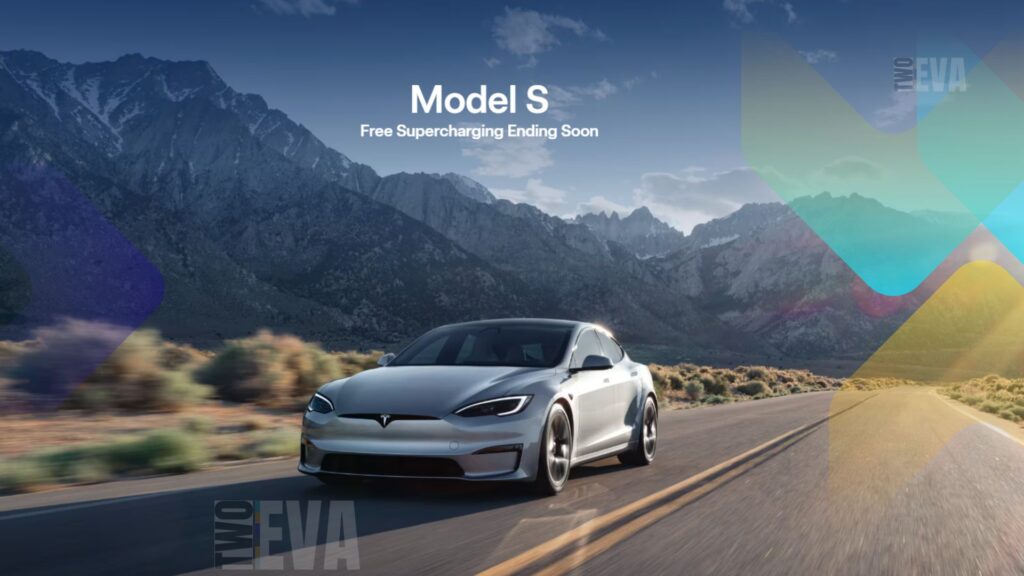Tesla’s first-quarter earnings sent shockwaves through the market as the company reported a 71% plunge in profits, raising questions about the broader state of the EV industry—and whether Elon Musk’s political entanglements are making things worse.
Net income for Q1 2025 dropped to $409 million from $1.4 billion a year earlier, marking one of Tesla’s steepest declines in recent years. Revenue fell 9% year-over-year to $19.3 billion, dragged down by a 20% slump in automotive sales—down to $15.45 billion.
Price Cuts, Protests, and Politics
If you’ve followed Tesla’s trajectory over the past year, the dip isn’t entirely surprising. The company has been slashing prices globally to stoke demand, particularly in response to aggressive competition in China and softening consumer sentiment in key markets. But while price cuts can lift volumes, they squeeze margins—one reason Tesla’s operating income collapsed by 66%.
That’s not the only pressure. Since Musk took on a high-profile advisory role last year, Tesla has faced sporadic protests, some turning violent. ABC News reported incidents of vandalism, arson, and even shootings at dealerships in Europe and North America. The fallout has been hard to quantify, but analysts suggest it hasn’t helped demand.

Still, reducing Tesla’s struggles to Musk’s political image would be misleading. The auto industry as a whole is wrestling with macro headwinds, from rising interest rates to new tariffs on imported vehicles—some of which Musk himself has supported.
The Energy Segment Shines
Not all divisions suffered. Tesla’s energy generation and storage revenue surged 67% to $2.73 billion, emerging as the sole bright spot in an otherwise grim quarter. The growth reflects strong demand for Powerwalls and utility-scale battery projects, a market where Tesla faces fewer direct challengers.
How Do Rivals Compare?
Context is key. Ford, for instance, posted a 94% jump in EV sales, even as overall deliveries dipped 1%. GM, meanwhile, leaned into combustion-engine vehicles to offset weakening EV demand, boosting sales by 17%. Neither is immune to profitability challenges, though—Ford’s EV division lost $1.32 billion in the same quarter.
What Comes Next?
Tesla’s leadership remains cautiously optimistic. During the earnings call, Musk and CFO Vaibhav Taneja pointed to upcoming product launches—including an affordable mass-market EV and the Robotaxi—as potential growth drivers by mid-2026.
Analysts seem to agree that the long-term EV story is intact, but the road ahead won’t be smooth. With tariffs straining supply chains and interest rates denting buyer enthusiasm, even Tesla’s brightest ideas may take time to shift the needle.














